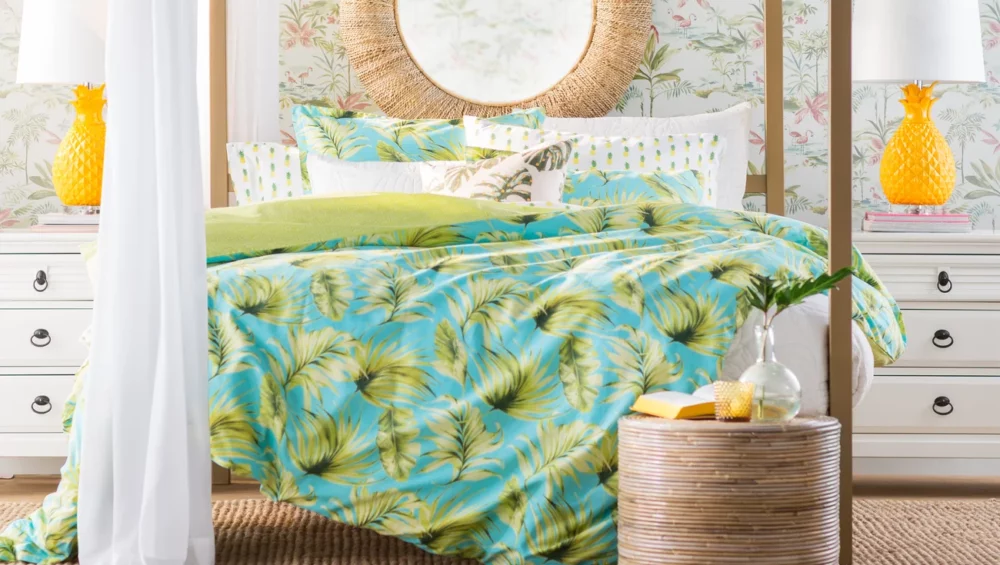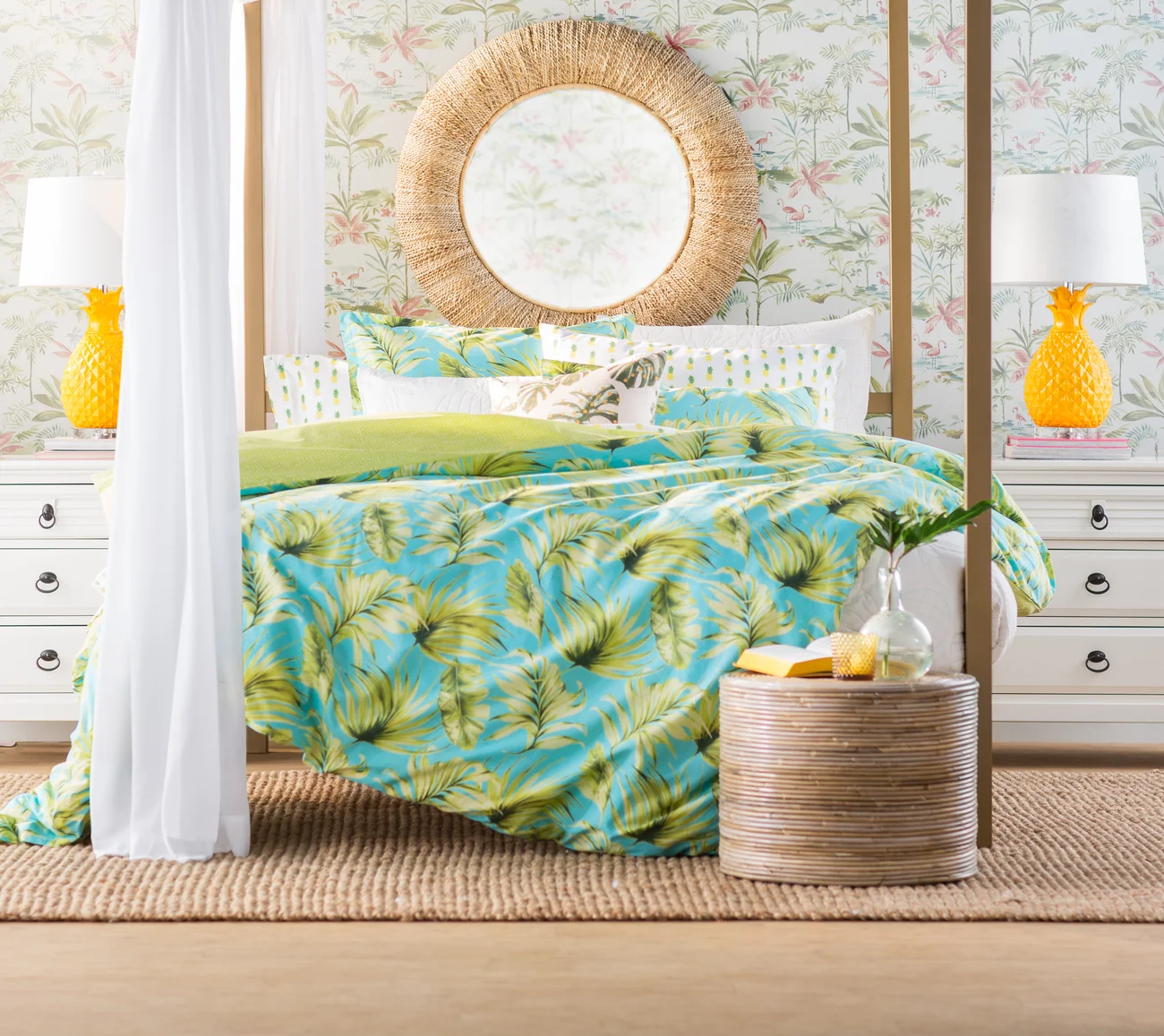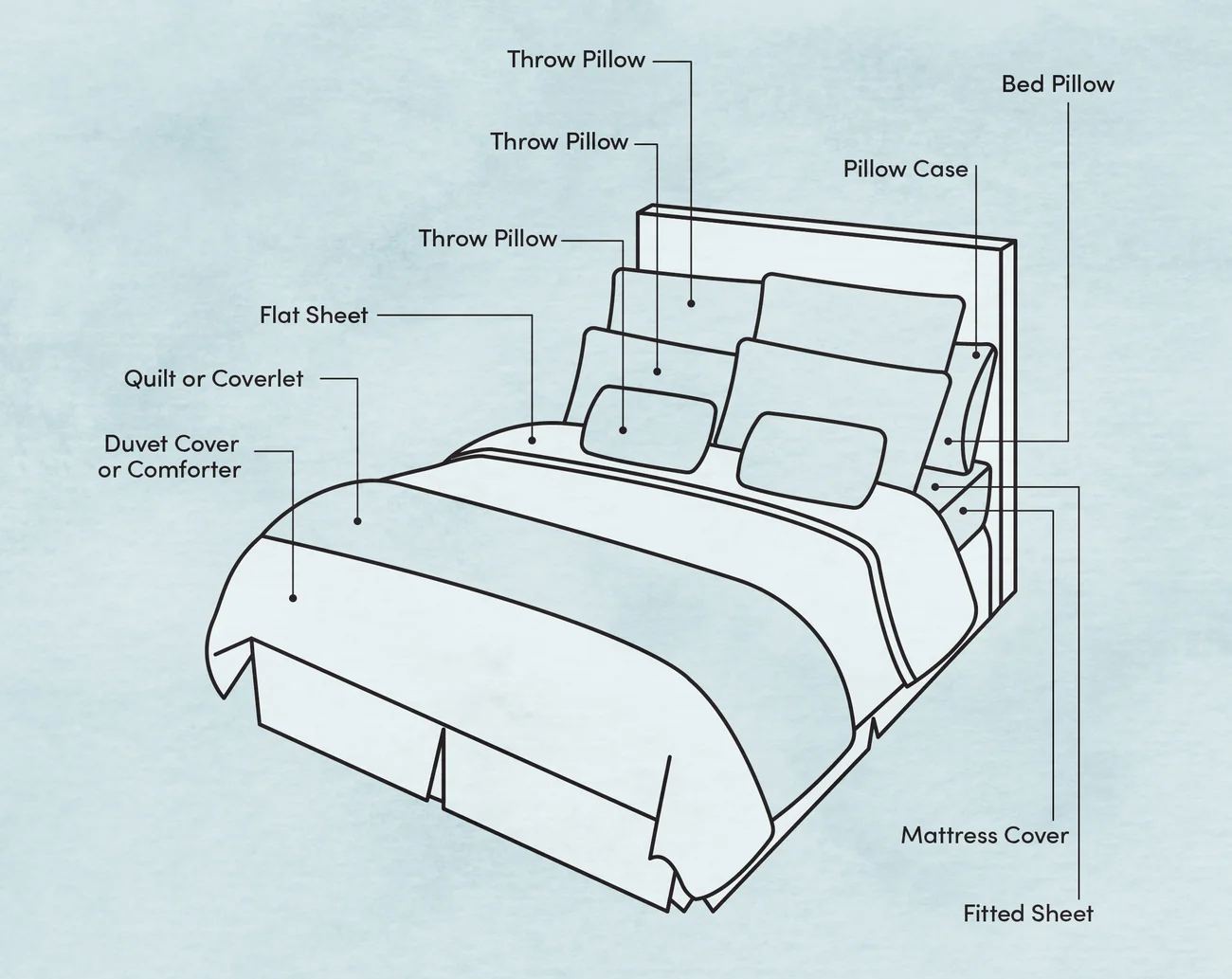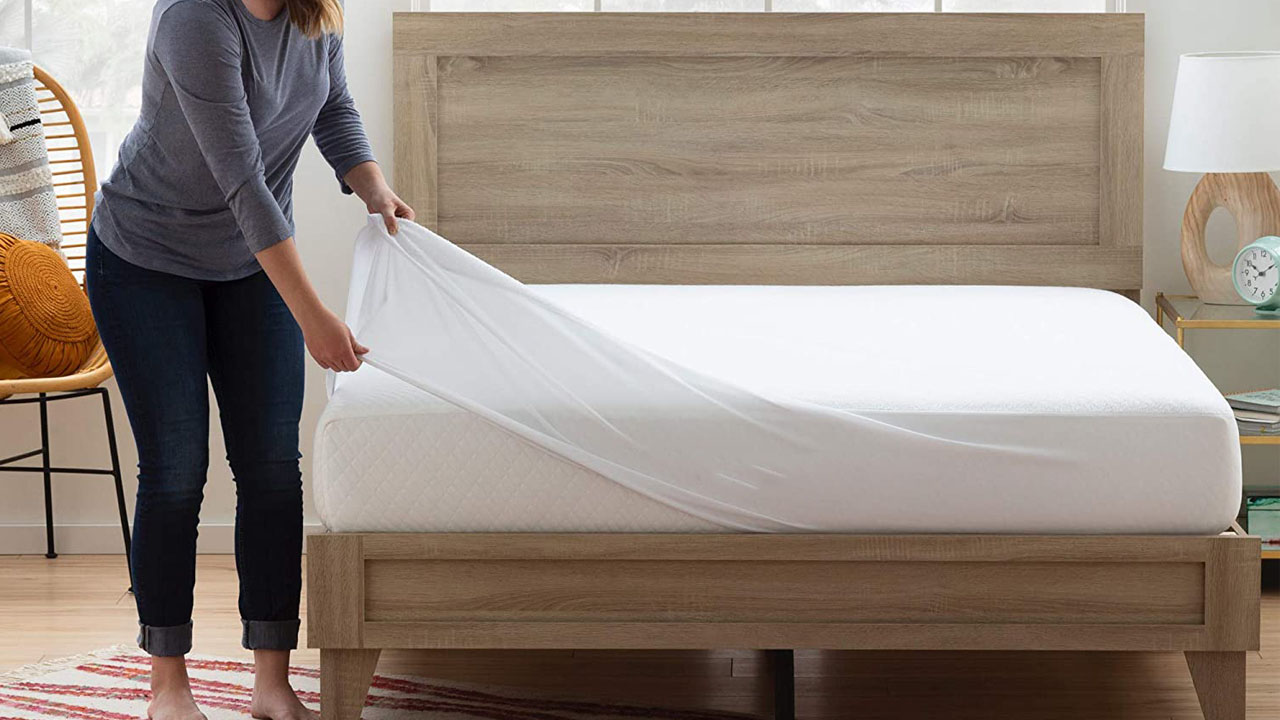Bedsheets, mattresses, pillows (and pillowcases), duvets, blankets – one simple good night’s sleep can call for the best selections when it comes to your bed. We spend more than a third of our lives asleep, and it definitely seems as though we should care for our bedding just as well as we care for ourselves. Sleeping well can have a profound effect on our mental and physical health, and it’s only right to invest a tad more of our time into keeping it clean.
Experts say that while we sleep, our bodies relax and rejuvenate, and in the process, shed dead skin and exude body oils. As grimy as that sounds, the best way to sleep healthily is to keep track of your bedding hygiene habits. Read on to find out how you can take the best care of your pillows and sheets, and be guaranteed some relaxing much-needed shut-eye in the sack.
1. Sheets and pillowcases
Your sheets support your entire body, and if you have a tendency to get hot while you asleep, you need to maintain a strict washing and drying schedule. Removing dirt, dust, lotions, make-up, skin products and oils from entire sheets and pillowcases isn’t easy, but essential to do atleast once a week. Soak them in detergent and warm water for a couple of minutes before you put them to wash. If your sheets have delicate trims, lace or embroideries, you do need to check the label for washing instructions.
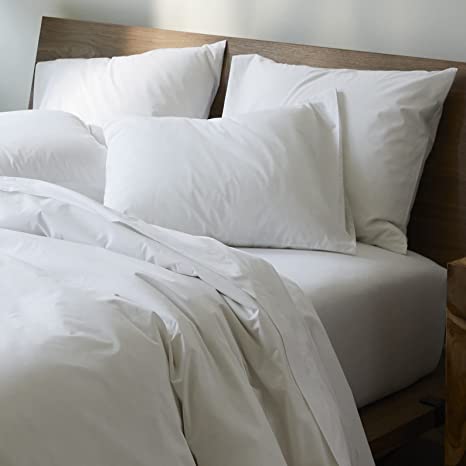
Once the sheets are washed, make sure to dry them in the dryer or in some strong sunlight for atleast a couple of hours. To avoid mildew, make sure the sheets are completely dry before you fold and store them. If you have the time for it, ironing them is also a great way to ensure they remain crisp for longer.
2. Pillows
Soft and plump pillows are the key to a good slumber. Usually, pillows have to be dry-cleaned, but some of them can be home-cleaned as well. You could follow the care instructions on the label, or simply machine wash them in warm water and a little detergent. With pillows, it’s ideal to wash them a couple of times to ensure the soapy residue comes off from all the inner layers as well. After a drying cycle, place it in the sun for a thorough sanitisation.

3. Duvets
For duvets to last many years, it’s best to use a cover to protect them from daily wear and tear. You can wash the covers regularly, just as you do your sheets, but the duvet itself should not be washed too often. Machine wash the duvet cover once every month or two, and the duvet needs to be professionally laundered once every 2-3 years. The best way to maintain the quality of your duvet on a daily basis is to fluff them well every morning. Let the air filter in and out to free up any internal clumping.



